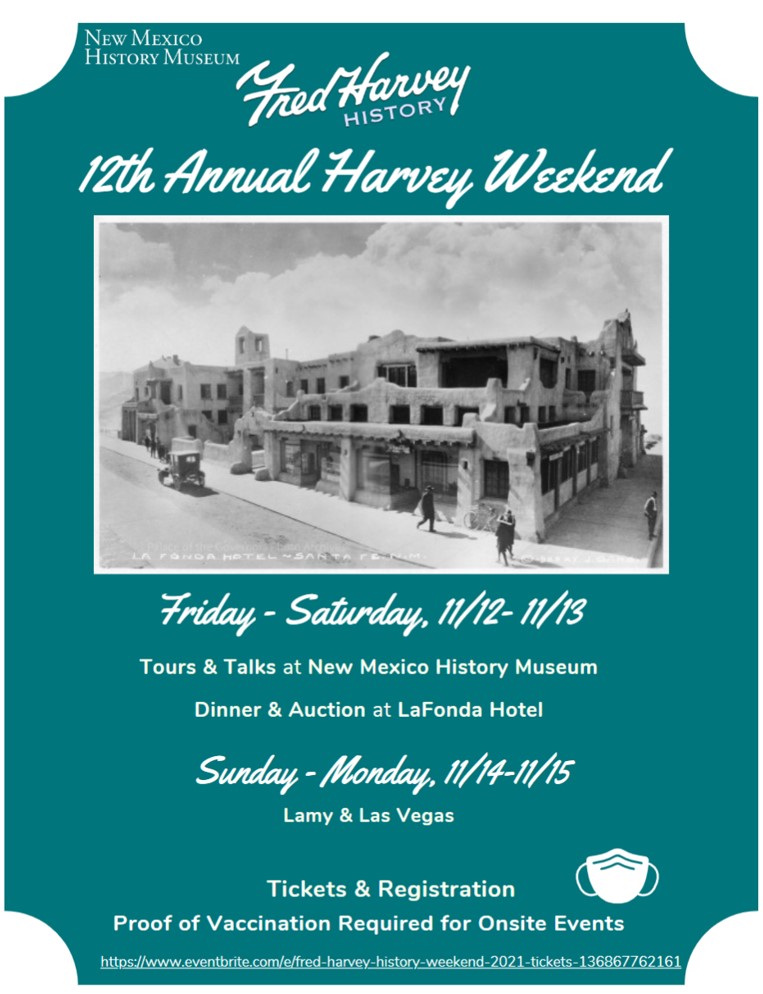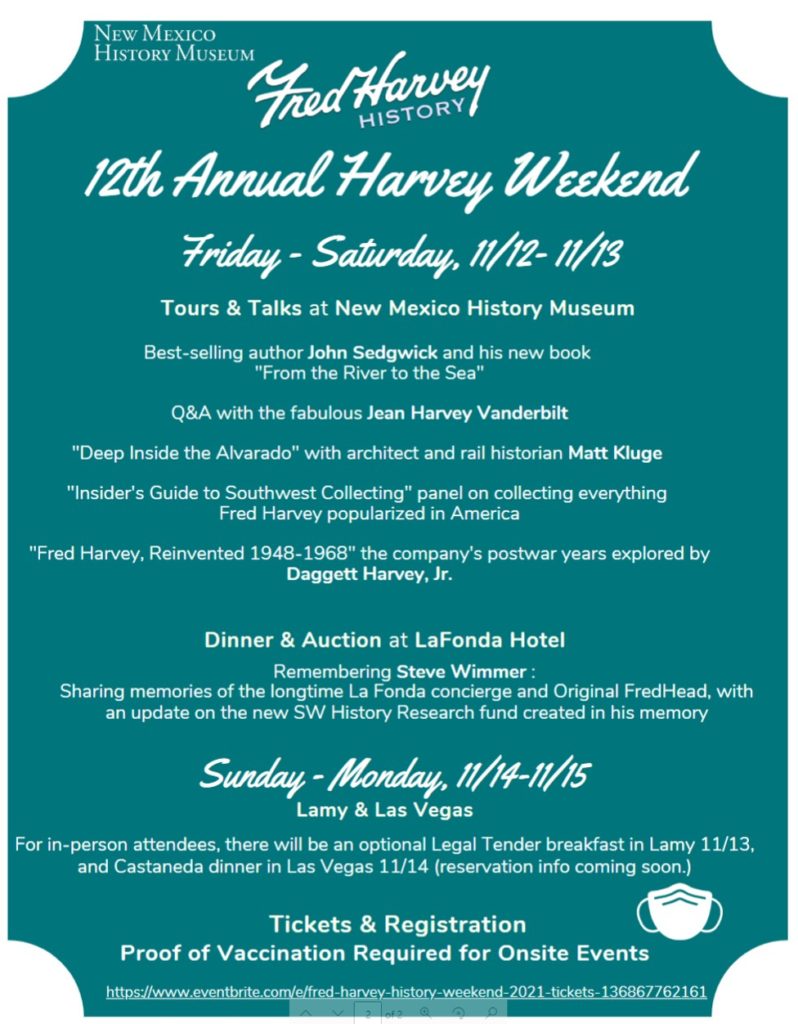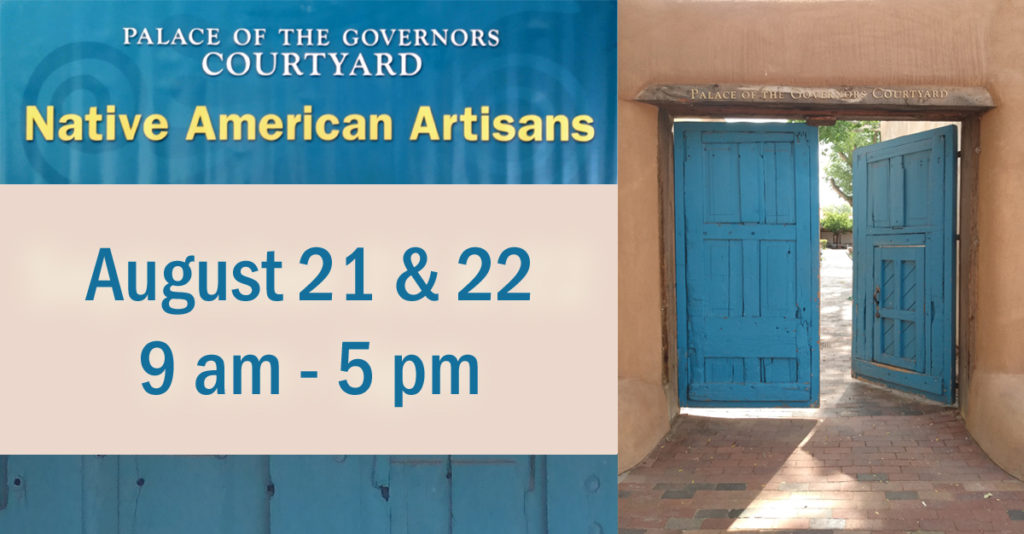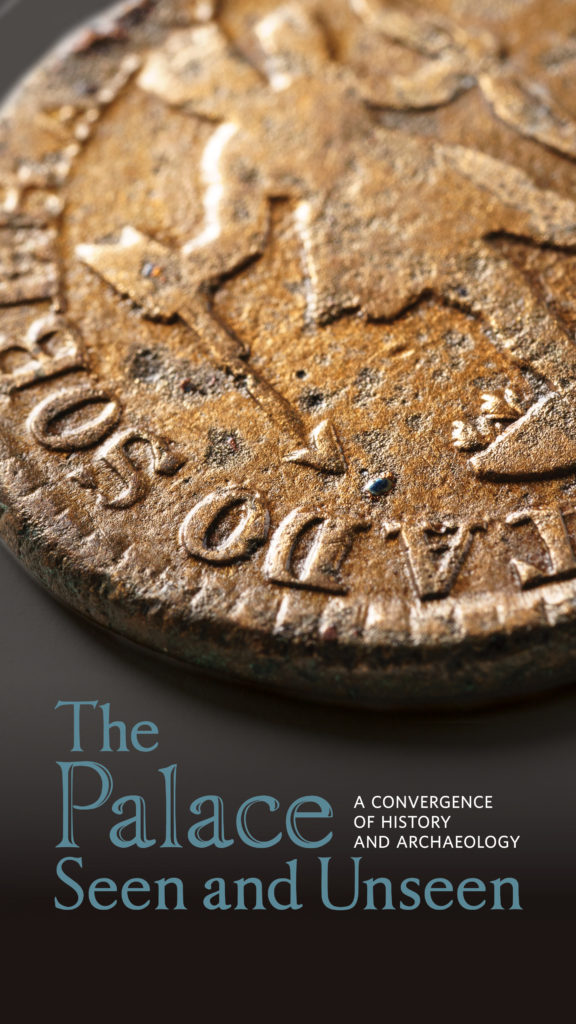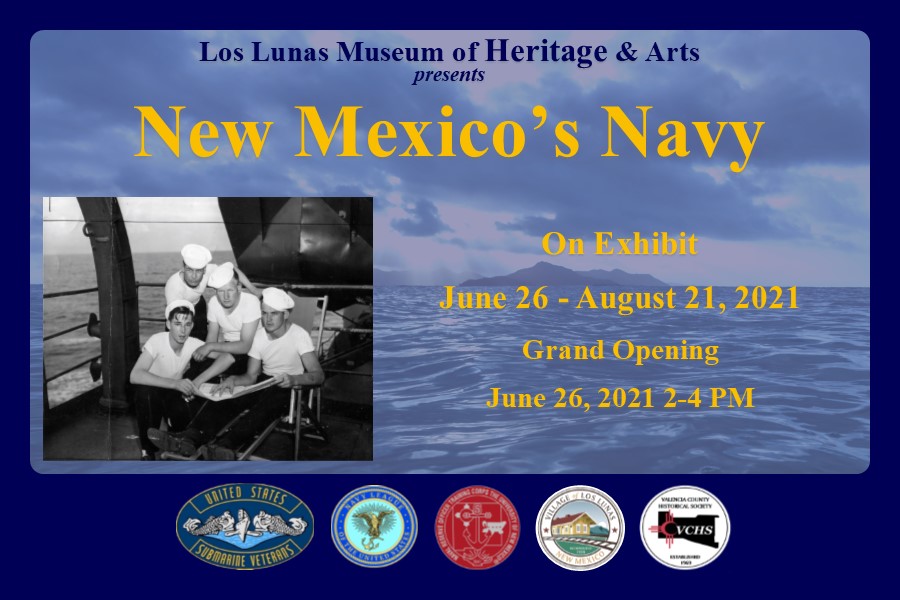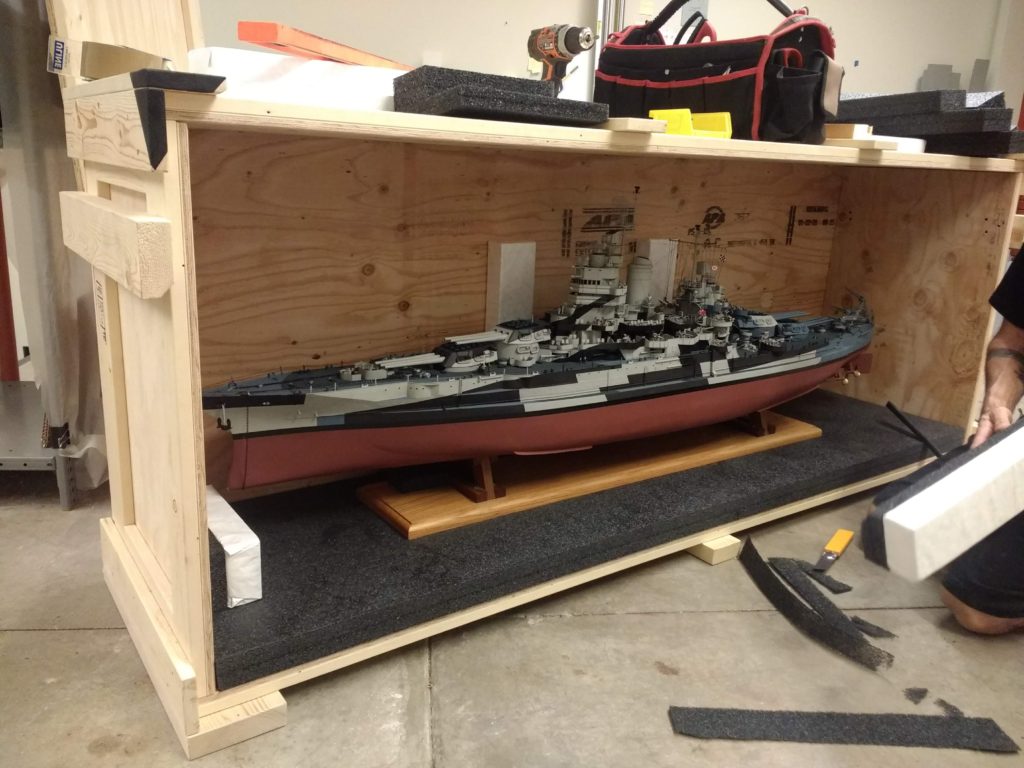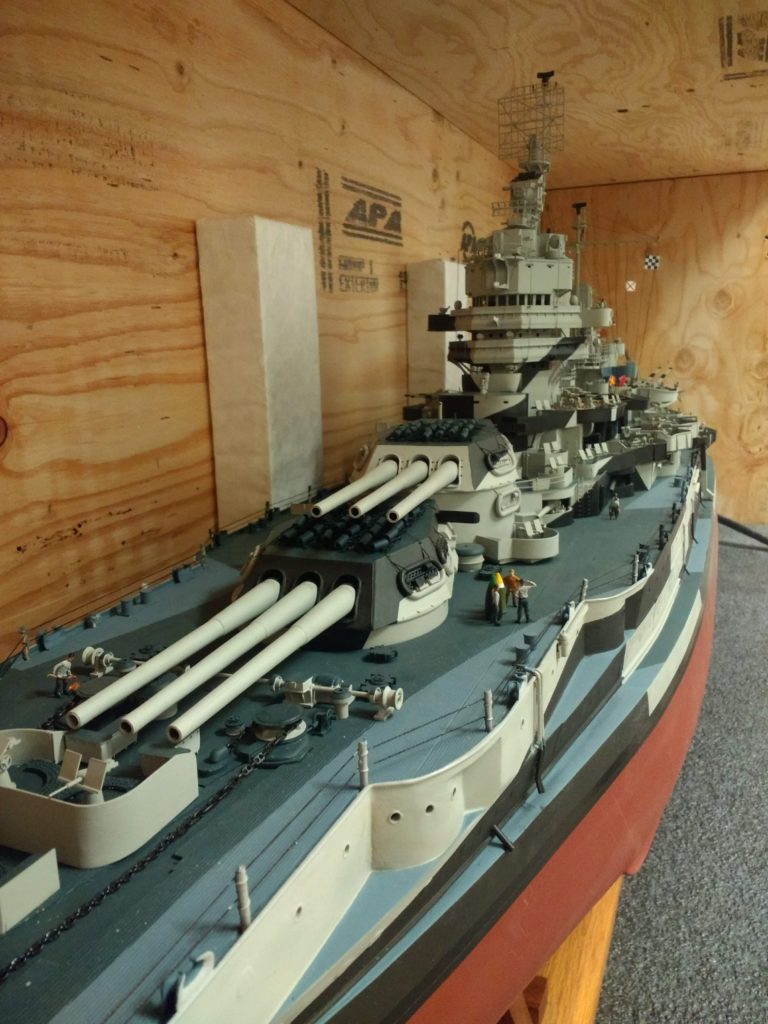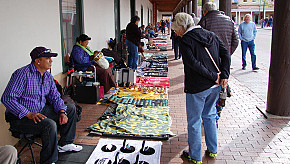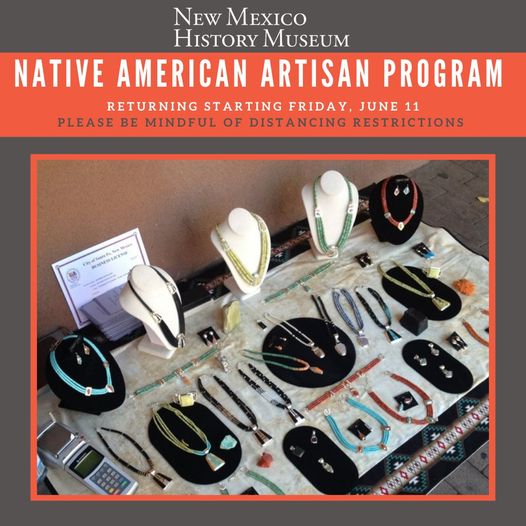FATIMA DEL ANGEL GUEVARA: Palace of the Governors Photo Archives
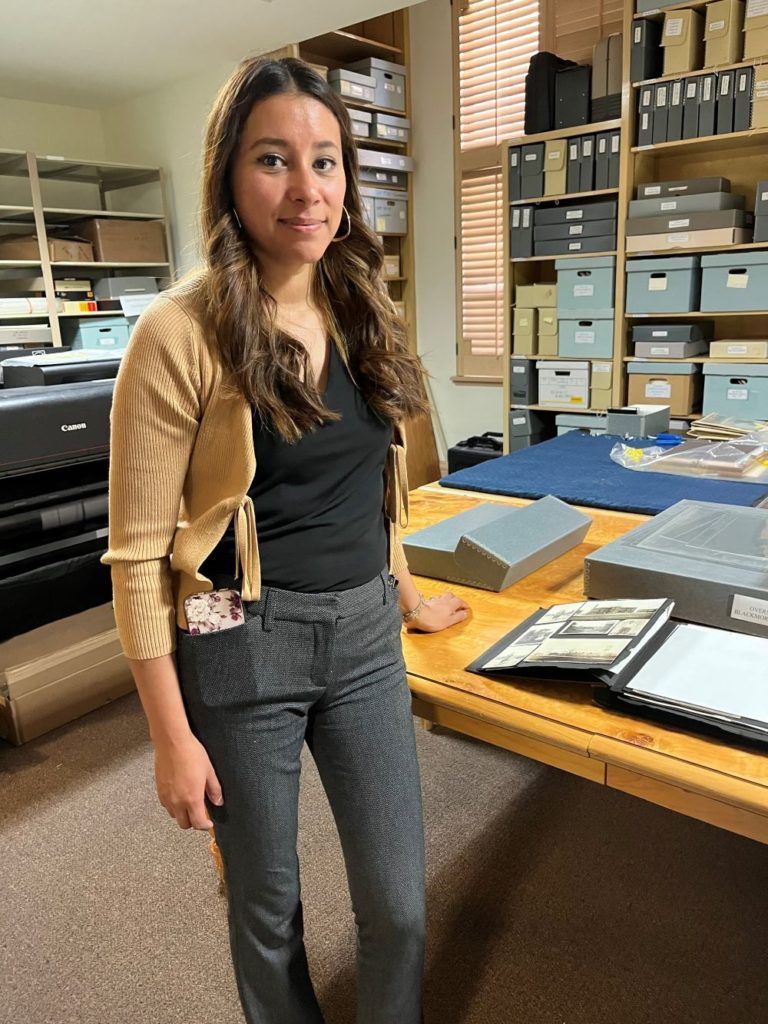
Fatima Del Angel Guevara joined the NMHM Palace of the Governors Photo Archives as one of our Summer 2023 interns. A graduate student pursuing a doctorate in Anthropology at the University of New Mexico, Fatima is also interested in exploring the archival field, and has worked as a research assistant at UNM’s Center for Southwest Research before starting her internship with the NMHM. She is particularly skilled at creating bilingual English/ Spanish metadata for archival collections and identified a need for bilingual finding aids on the New Mexico Archives Online platform. During her first month she at the Photo Archives, Fatima has already worked on four projects involving collections of photographs related to the Mexican Revolution, the Mexican Border War and the United States Mexican Expedition, topics she became familiar with during her Masters in Latin American Studies that she completed at UNM. After revising and translating metadata into Spanish and English and creating bilingual finding aids for the Casasola, Musgrave, Farnsworth Photographs of the Mexican Punitive Expedition, and Views of Central America photograph collections, Fatima is currently working on rehousing and writing the metadata for a collection of photographs of Mexico.
However, an internship at the Photo Archives does not mean it’s all work and no fun for Fatima. Asked what she enjoys the most beside getting a hands-on experience with our amazing photograph resources, Fatima’s answer was “visiting the New Mexico History Museum and the other museums in Santa Fe and getting to enjoy Santa Fe in the summer.” Does she have a hobby? Yes, hiking. And her favorite color? Green.
MATHIEU DEBIC: Fray Angélico Chávez Library
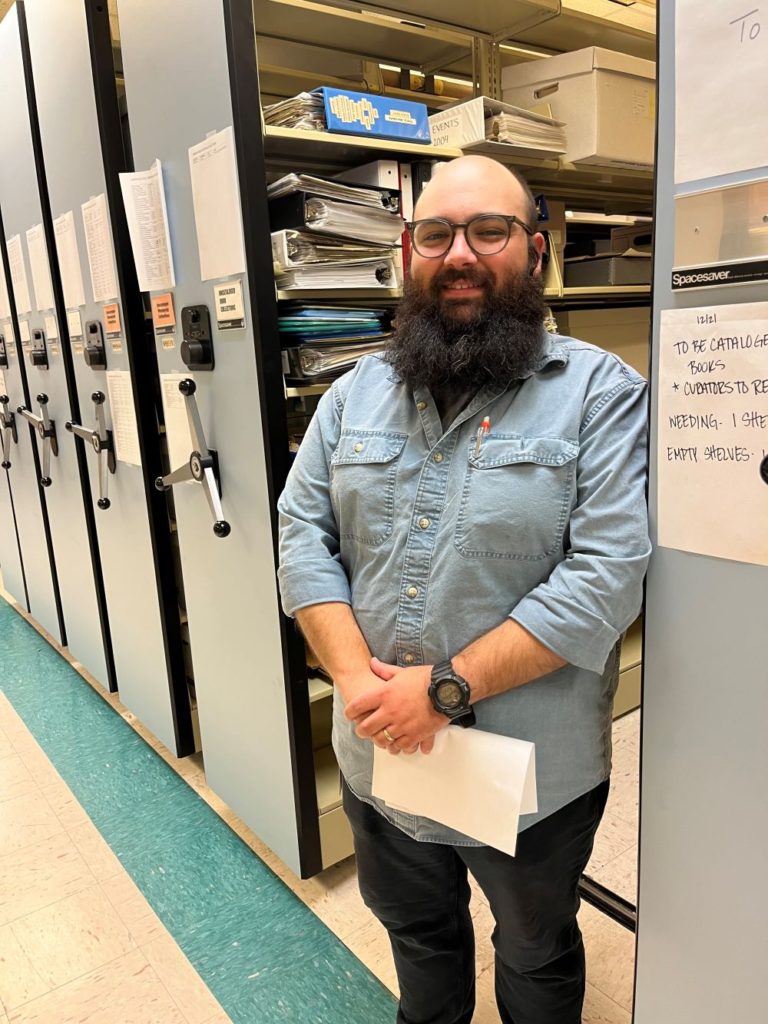
Mathieu Debic is also a UNM graduate student, specializing in Philosophy and Museum Studies. This summer internship is an opportunity for him to figure out whether library and archival work would be a good career fit for him. The Chavez Library has started to benefit from Mathieu’s skills and previous experience as a graduate fellow at UNM’s Center for Southwest Research, and he has already been involved in several projects this month. He has contributed a great deal to NMHM’s accession processing report by tracking down old accession paperwork and updating the existing documentation. He has processed several additions to existing collections and has processed and digitized the Westfall Cigar Box Label Collection, a colorful and rich archival resource, and has also written and published the finding aid. His current project involves revising the metadata for the library’s map collection. Mathieu recently joined librarian Kathleen Dull on a visit to the house of author Lucy Lippard, who is donating her research collection to the Chávez Library. Not much can come closer to a hands-on experience with collection acquisition procedures than moving sixteen boxes and reviewing inventory lists, with the added bonus of meeting the donor in person. In addition, Mathieu has started revising the periodical collection retention policies – it turns out that this has been Mathieu’s favorite project so far, as he is interested in comparing journal retention policies at an academic library vs. the Chavez Library, whose focus is more specialized and tied to NMHM’s mission and scope. Ultimately, Mathieu hopes that an updated periodical retention policy will help to free up some much-needed space on the library’s shelves to the benefit of rare books and archival collections.
Outside of work, Mathieu likes to spend some of his free time on gardening, and is grateful that Albuquerque’s climate and sandy soil allows him to experiment growing a variety of plants. Not surprisingly, given his green thumb, Mathieu’s favorite color is green.
We are fortunate to have Fatima and Mathieu share their skills and expertise with us this summer, and we hope that this internship is a rewarding experience for both of them.

